CONTINUOUS
REACTOR SYSTEMS
Continuous reactor systems offer several advantages, especially for chemical manufacturing processes that require a high degree of automation, precision, and scalability.
Build Continuous Reactor Systems with Applied Catalysts
Continuous reactors can achieve a steady-state operation, which allows for greater control over the reaction conditions, higher product yields, and improved process efficiency. They also offer greater flexibility in terms of process design, enabling manufacturers to optimize the production process and reduce costs.
When To Use Continuous Reactor Systems
Continuous reactor systems are suitable for chemical manufacturing processes that require a high degree of process control, consistency, and safety. They are especially useful for processes that involve complex reactions, require precise temperature and pressure control, or produce highly reactive or hazardous intermediates.
Continuous reactor systems are also beneficial for processes that require high throughput or long reaction times, as they can operate continuously for extended periods of time without the need for frequent shutdowns and start-ups. Additionally, continuous reactor systems can offer significant cost savings compared to batch processes due to their ability to operate with greater efficiency and automation.
Overall, the decision to use a continuous reactor system for chemical manufacturing will depend on several factors, including the specific process requirements, safety considerations, and economic feasibility.
Benefits of Continuous Reactors
Continuous reactor systems offer several advantages over traditional batch reactor systems that can result in higher yield, higher selectivity, and newer technology.
Bring Us Your Challenge
Flow Reactors
Applied Catalysts partners with Amar Equipment, leveraging over 50 years of catalyst expertise and pressure vessel fabrication, to deliver industry-leading catalytic flow reactors.
Why Flow Reactors?
Flow reactors are designed for continuous processing, offering superior control over reaction conditions, improved safety for hazardous chemistries, and enhanced scalability compared to traditional batch systems.
Applications of Flow Reactors:
- Packed Bed Reactors: Ideal for processes like reforming, hydrogenation, and amination, these reactors maximize catalyst efficiency and selectivity.
- SlurryFLO™: Perfect for slurry-phase reactions and continuous crystallization, providing exceptional mixing and heat transfer.
- PinchFLO™: Tailored for complex chemistries like nitrations and oxidations, ensuring precise control over highly exothermic reactions.
WHY CONTINUOUS SYSTEMS
FROM APPLIED CATALYSTS?
01
Repurpose Assets
Repurposing assets can involve modifying the reactor design or layout of the system, installing new equipment or components, or upgrading existing systems to improve their performance. By repurposing assets, chemical engineers and manufacturers can avoid the expense and disruption of building entirely new reactor systems, while also improving their ability to meet changing market demands and regulatory requirements. It also promotes sustainability by reducing waste and minimizing the use of new resources.
Overall, the ability to repurpose assets is a key advantage of continuous reactor systems, as it enables manufacturers to be more flexible, adaptive, and competitive in a rapidly changing industry.
Overall, rapid changeover in batch reactor systems enables manufacturers to be more agile and responsive to changing market demands, reduce costs, and improve product quality and environmental sustainability.
02
Just-In-Time
Produce Multiple Products
One of the significant advantages of continuous reactor systems is the ability to produce multiple products with a single setup. Continuous reactor systems allow for precise control over reaction conditions, which enables efficient and effective production of a wide range of products. This flexibility in production capability allows manufacturers to respond quickly to changes in demand or product requirements, providing a competitive advantage in the marketplace.
Furthermore, the ability to produce multiple products from a single continuous reactor system also reduces the need for separate manufacturing processes, equipment, and facilities, resulting in lower costs and higher efficiency. This can be particularly beneficial for small and medium-sized enterprises that may not have the resources to invest in multiple specialized equipment and facilities.
03
Process
Performance Guarantee
We provide our clients with the assurance that their equipment will meet their specific process requirements. Our guarantees include specifications for process parameters such as temperature, pressure, flow rate, reaction rate, and reaction time, as well as product quality characteristics such as yield, purity, and impurity levels. By providing these guarantees, we give our clients the peace of mind that they need to invest in our equipment, knowing that it will perform as intended and meet their production goals.
04
Just-In-Time Manufacturing
Just-in-time (JIT) manufacturing is a production strategy that aims to minimize inventory costs and improve production efficiency by producing goods only when they are needed.
Continuous reactor systems are ideal for just-in-time manufacturing because they allow for continuous production without the need for stopping and starting between batches. This means that production can be scaled up or down quickly and efficiently based on demand.
Additionally, continuous reactor systems allow for tighter control of process parameters and quality, which is critical in just-in-time manufacturing. The ability to make real-time adjustments to the process ensures that each product is manufactured to the exact specifications required, reducing the risk of overproduction or waste.
OUR PROCESS FOR BUILDING CONTINUOUS REACTOR SYSTEMS
Process Catalysts
Metal Oxide Catalysts (MOC)
MOC products offer advantages as it can be used in both reductive and oxidative environments. Other advantages include high strength, attrition resistance, and tunable surface properties for various applications.
Custom Catalysts
Delivering on a foundation of catalyst development of over 30 years, we offer monolith-based, particulate catalysts, PGM, and base-metal catalysts.
Activated Carbon Monolith Catalysts (ACMC)
At Applied Catalysts, we strive to meet the unique needs of every customer. Whether you have a particular catalyst type in mind or need some additional guidance, we can help find the best solutions through all stages, from development to commercialization.
Granular Activated Carbon Catalysts (GACC)
GACC products have a high surface area and inert support for numerous catalyst applications. We can help you develop, test, and deliver the right catalyst.
CATALYST DEVELOPMENT SERVICES

Catalyst Development
Applied Catalysts offers catalyst development services based on heterogeneous catalysts. Combining our testing services with our catalyst development services accelerates project success and maximizes value creation for the customer.
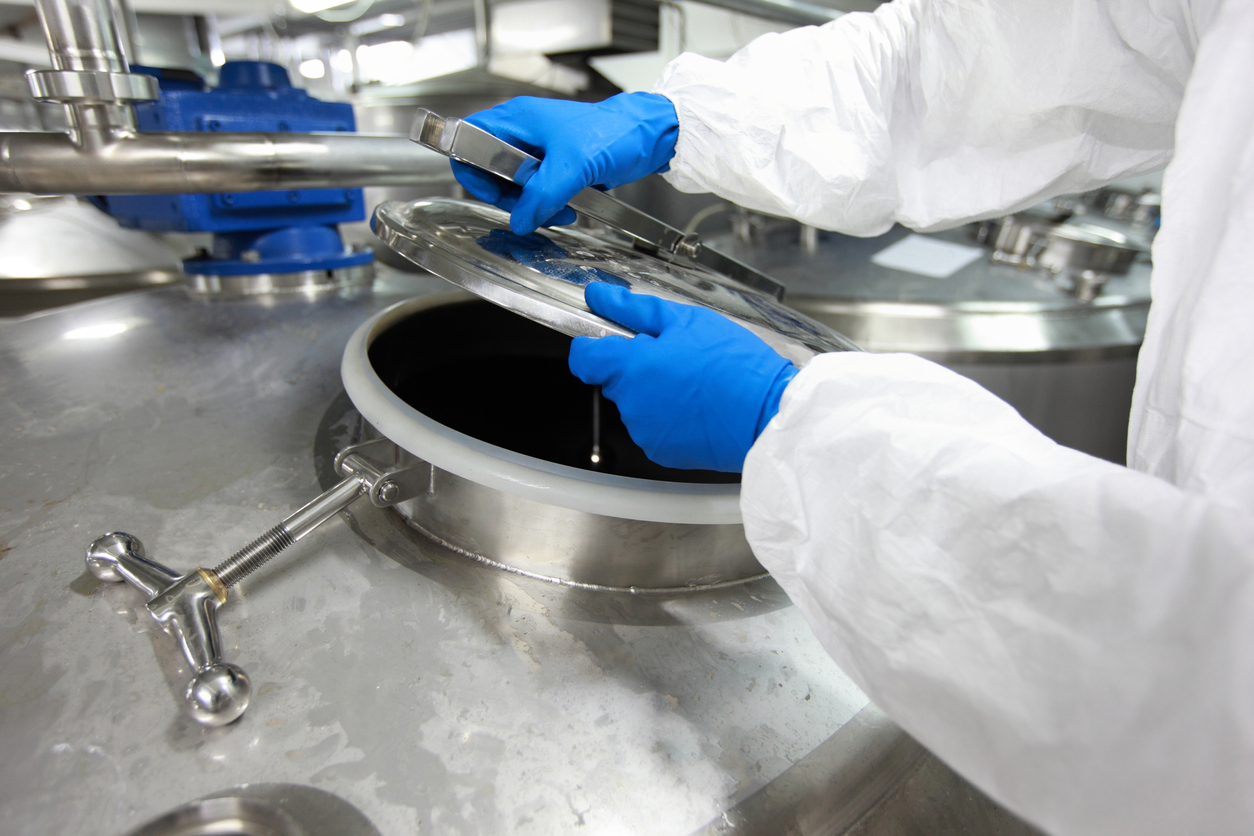
Catalyst Sourcing
There will be times when alternate suppliers are needed. As a supplier of catalyst and process technology ourselves, we can help customers source catalysts and chemicals in many areas.

Catalyst Testing
We offer lab-scale and show-tube scale testing of hydrogenation and other chemical processes under reductive or inert conditions. Other chemistries can also be run by request.
CATALYST SYSTEMS
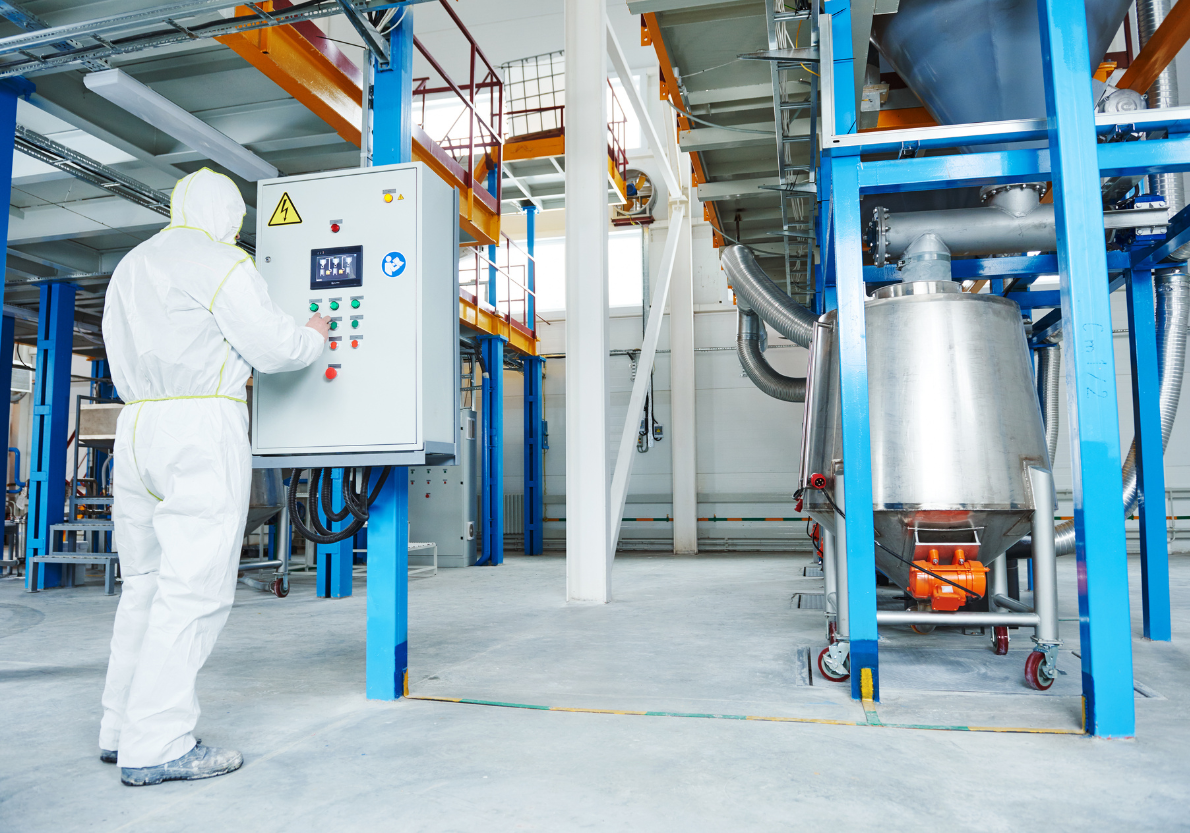
Batch Reactor Systems
Batch reactor systems offer a reliable and flexible way to manufacture a wide range of chemical products and allow for better control over each reaction step, making them an ideal choice for many chemical manufacturers.
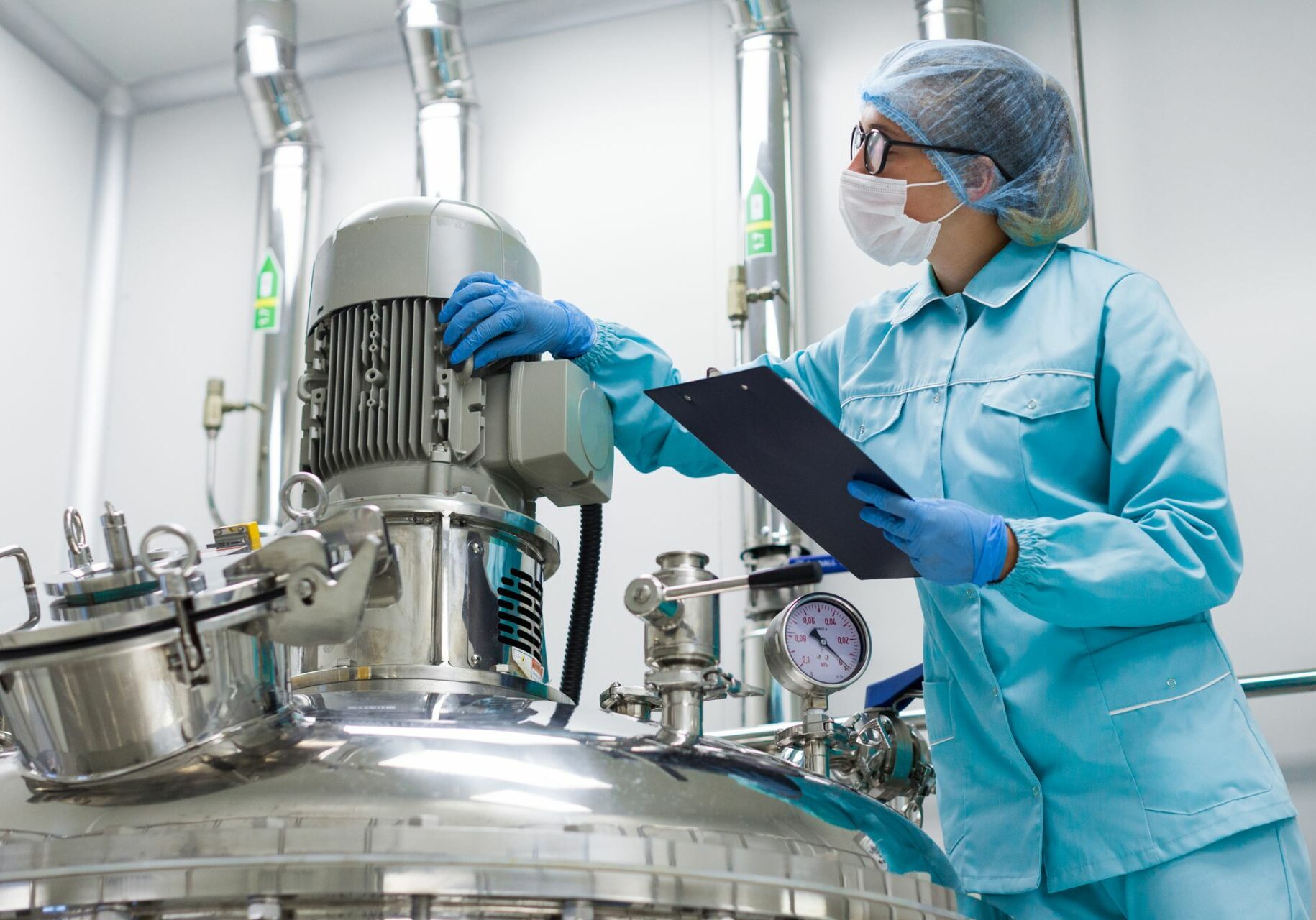
Continuous Reactors
Our continuous reactor systems offer productivity, reliability, and cost advantages for chemical manufacturing. Turn-key systems can be delivered.
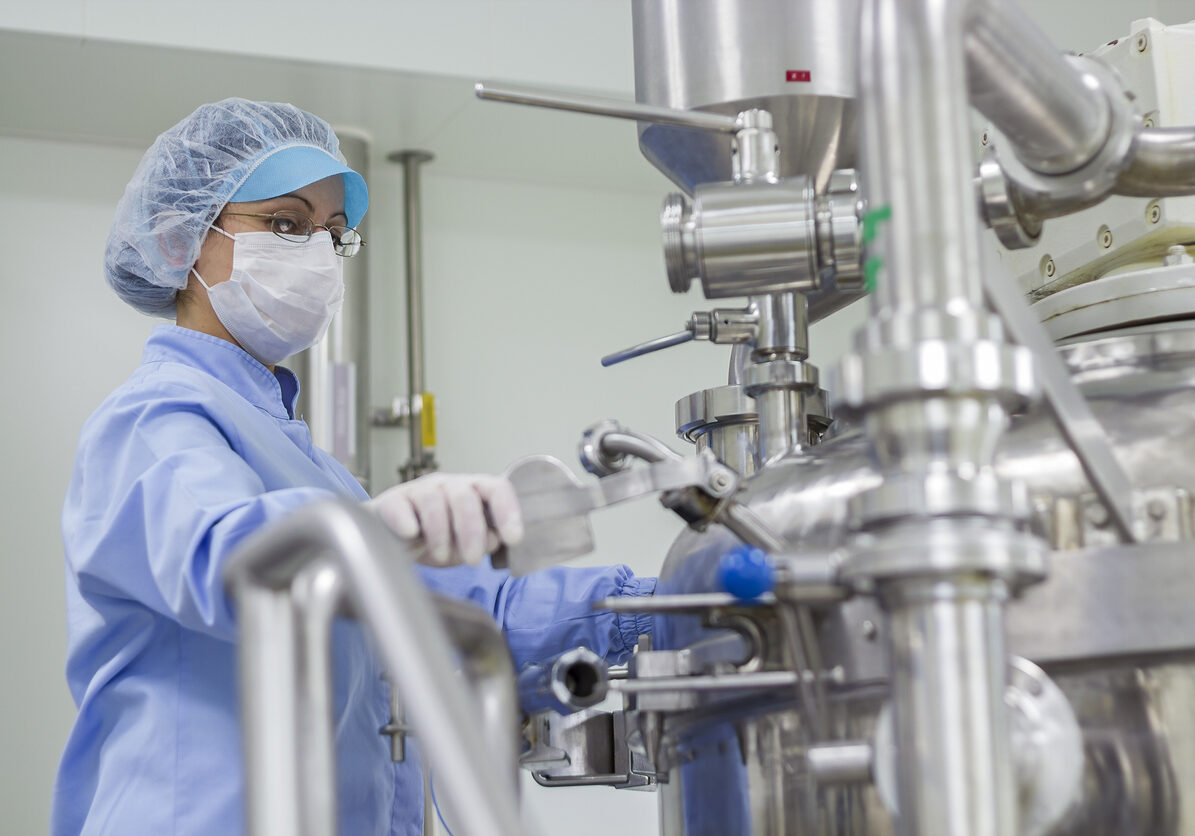
Modular Process Systems
Designed for flexible just in time manufacturing, our modular process systems are the perfect tools for increasing productivity and driving profitability.
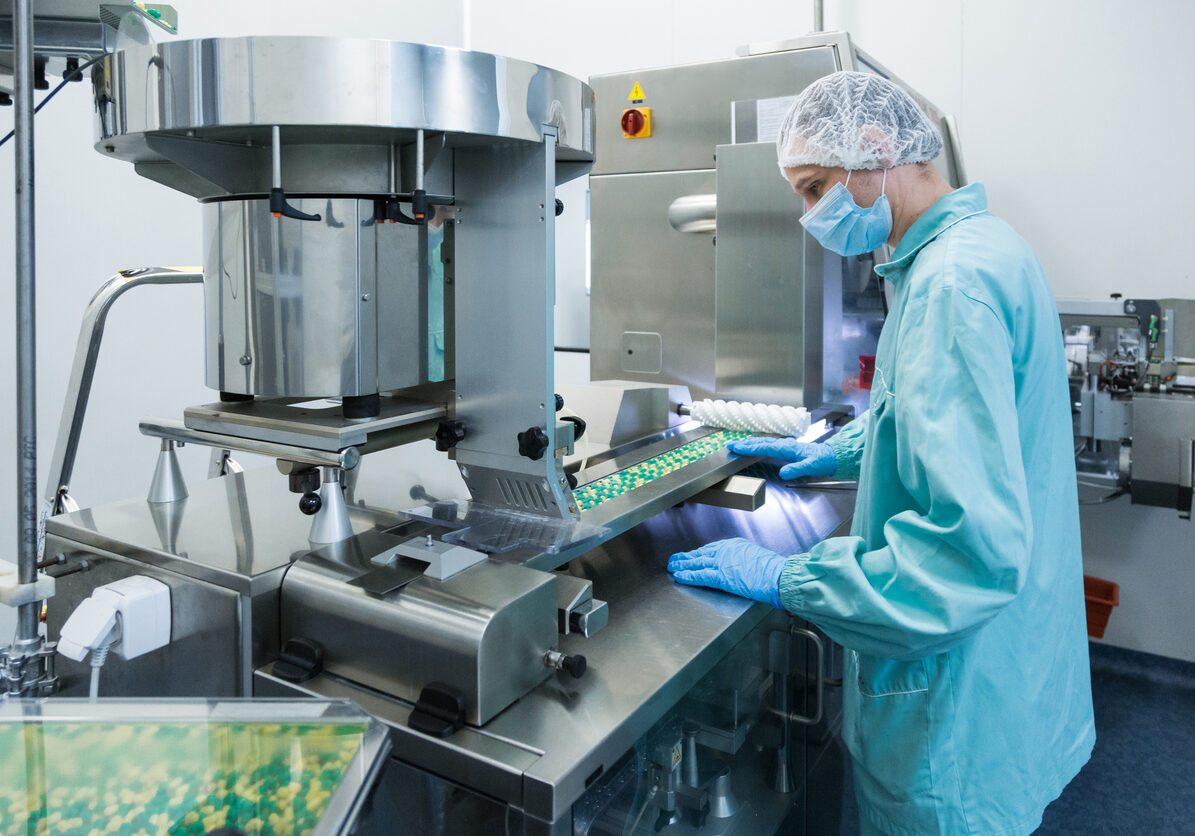
Separation Systems
Separation Systems are integral to a variety of industries that involve the processing of complex chemical mixtures that require safe, efficient, and reliable process equipment.
APPLICATIONS + INDUSTRIES SERVED
Process - Performance Guaranteed Continuous Reactor Systems
We give our clients the peace of mind that they need to invest in our equipment, knowing that it will perform as intended and meet their production goals.
-
Rapid changeover from one chemistry to another
-
Just-in-time manufacturing
-
Seamless process scaleup
Bring Us Your Challenge
